- Home
- slideshows
- miscellaneous
- Urjit Patel resigns as governor of RBI, India's central bank
Urjit Patel resigns as governor of RBI, India's central bank
After former RBI governor Raghuram Rajan did not get an extension for a second term in an unusual move, the Indian Prime Minister, Narendra Modi, changed the terms for hiring the governor of RBI to be restricted to civil servants.

Based on the recommendations of the Financial Sector Regulatory Appointments Search Committee (FSRASC) who proposed a total of six candidates. It was speculated that Modi would pick someone from within the RBI to lead the institution which is why Patel was finalised as the governor of India’s central bank.
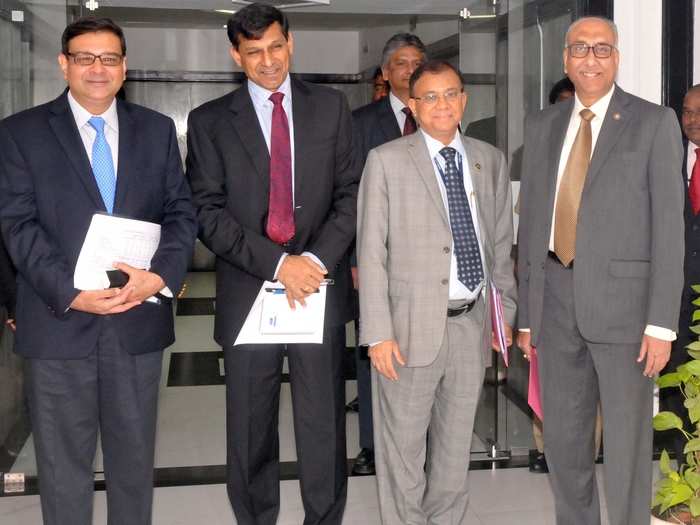
(Image source: IANS)
Patel’s term as governor started on 4 September 2016 was meant to last another year prior to his exit on Monday.
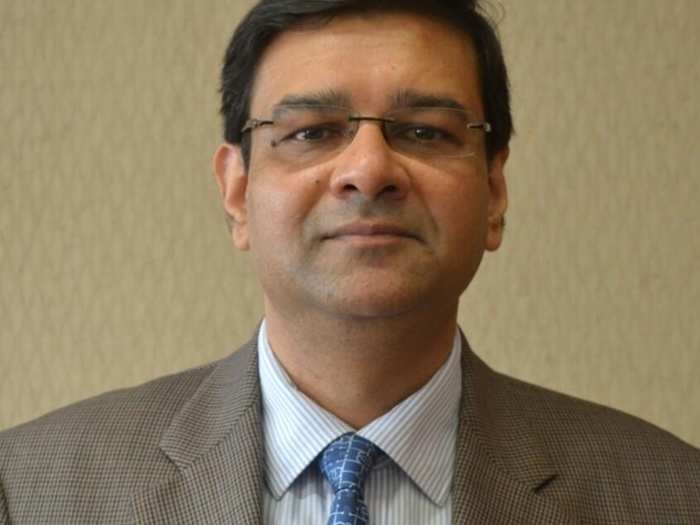
(Image source: IANS)
Within days of being appointed the governor of RBI, Patel was in charge of deciding on the framework of the monetary policy. He was known the ‘inflation warrior’ since he brought in landmark changes to the Indian monetary policy-making as part of a new monetary policy committee (MPC) that focused on inflation targeting.
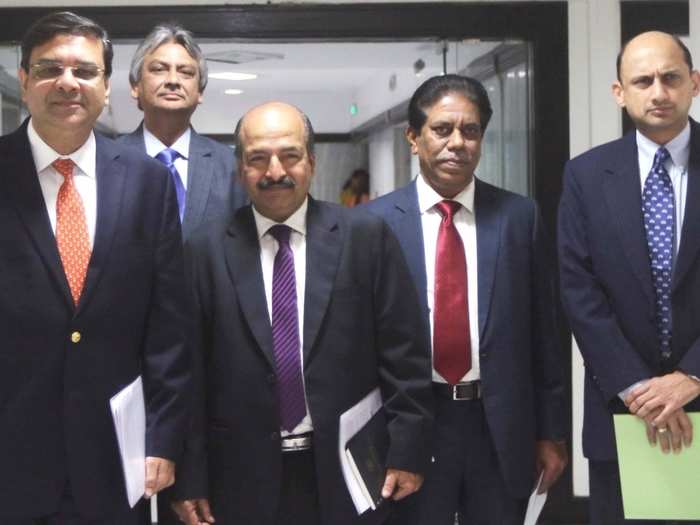
(Image source: IANS)
The central bank also seemingly rubbed the government the ‘wrong way’ after Patel disclosed the official figures of the junked currency after the Indian government’s demonetisation exercise within weeks of him coming into office. According to media reports, RBI had, in fact, rejected the curbing of black money as a just rationale of the demonetisation exercise when it was consulted on the move prior to note ban.

In that regard, Patel has been commended for enforcing transparency in India’s credit as well as shadow banking sector. He recently asked Indian credit ratings agencies to implement tighter scrutiny on the credit profiles of shadow banks as well other private institutions to minimize risk to investors.
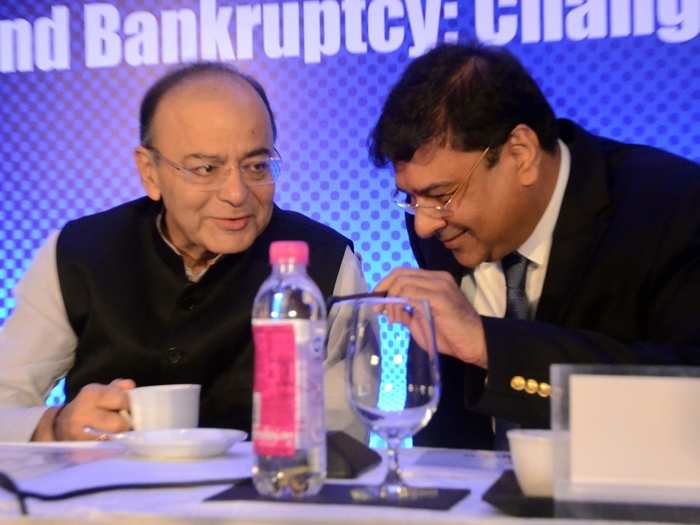
(Image source: IANS)
He even took on the emerging trend of cryptocurrencies and the digitisation of payments, issuing guidelines to address the public’s cyber security concerns. Most recently, RBI appointed an ombudsman to address complaints related to digital payments.
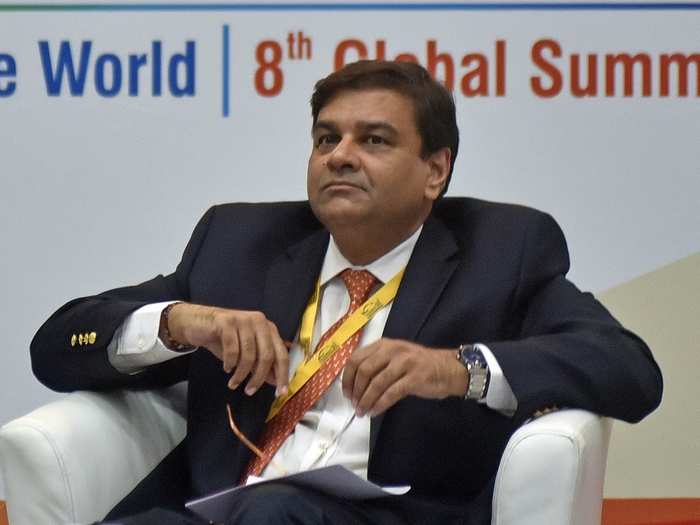
(Image source: IANS)
In the advent of rising non-performing assets at Indian banks (NPAs), Patel took a lead from predecessor and carried out the implementation of a framework asking banks to clean up their balance sheets of toxic loans, and placing weaker banks on a watchlist with stricter lending parameters that minimized risk to the banks and the larger financial system.
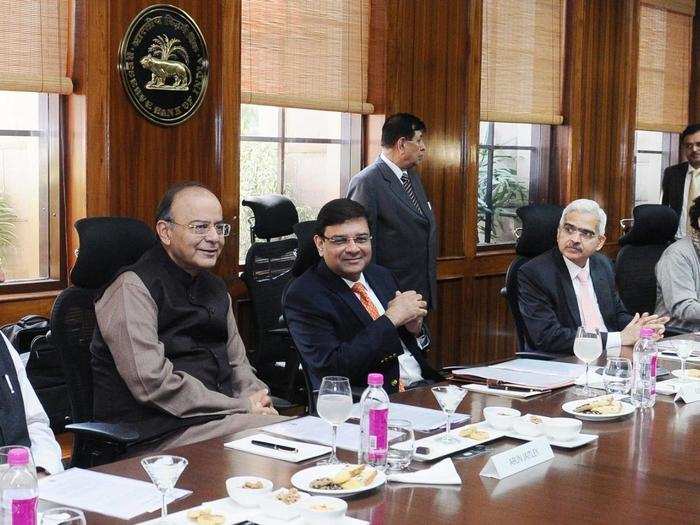
(Image source: IANS)
The Indian government had been growing concerned with the resulting lending-crunch and had pressured RBI to ease restrictions on certain banks. It was unclear if the said banks had in fact turned around as they would have been automatically taken off the watch list, and the government’s ask was seen as meddling with RBI's autonomy even as it came via an unusual invocation of a clause on RBI'S founding charter.
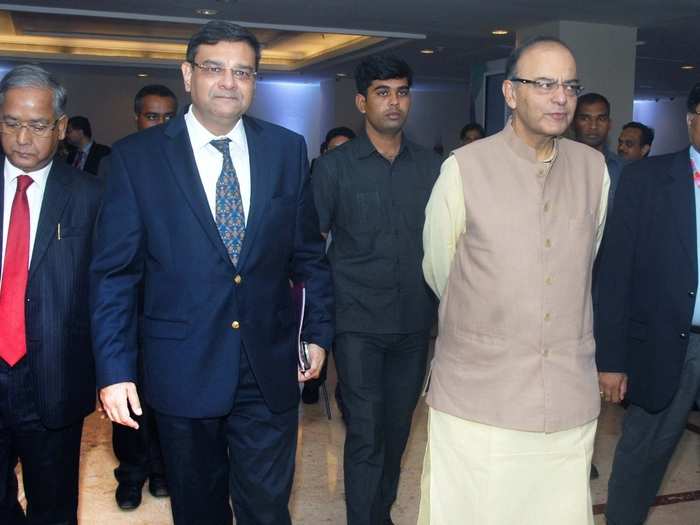
(Image source: IANS)
During Patel’s tenure, directives passed by the RBI have also made banking easier for the common man and the public at large, especially those who are senior citizens or differently-abled.
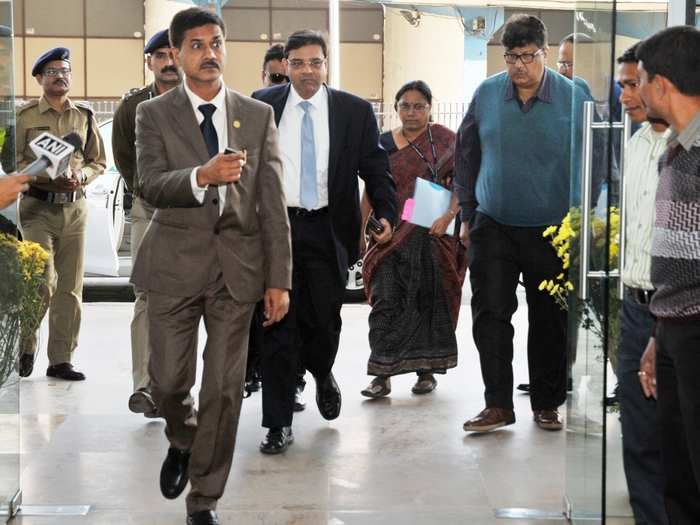
(Image source: IANS)
The central bank also introduced a product called the ‘Mint Street Memo’ that aids in communication activities between domestic banks and the bank for international settlements.

(Image source: IANS)
While he cited ‘personal reasons’ as to why he resigned from the RBI, it’s strongly believed that his reasons was leaving had more to do with the Indian government trying to strip the central bank of its autonomy, putting at risk a crucial institution that governs the long-term stability of the country’s currency and economy.
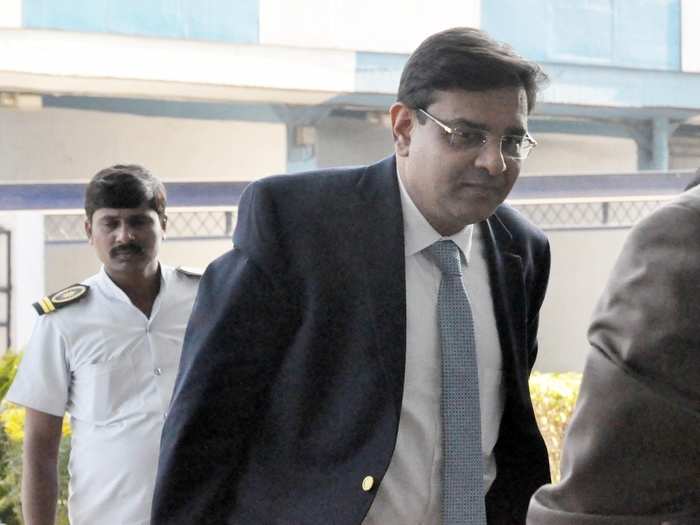
(Image source: IANS)
READ MORE ARTICLES ON
Popular Right Now
Advertisement